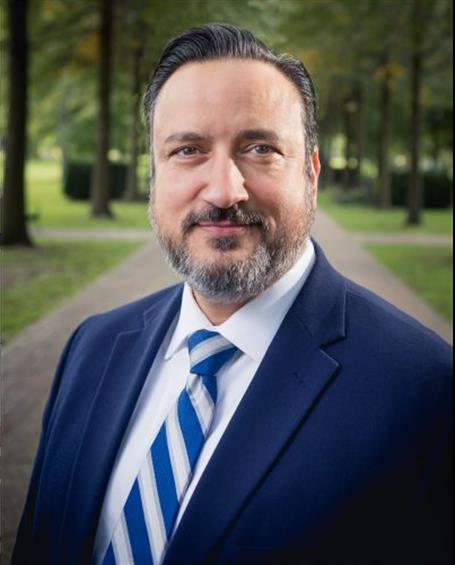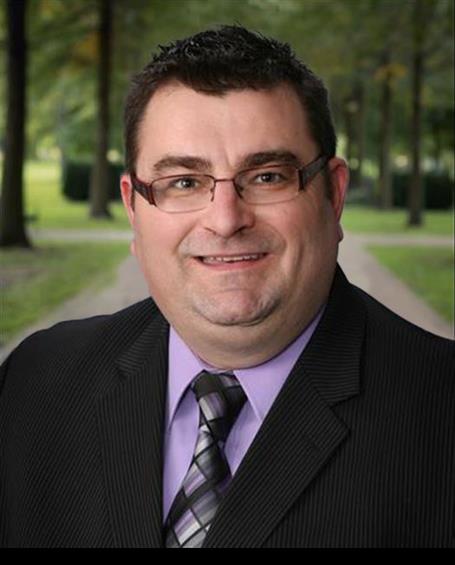

How is the jury selected for a criminal trial?
If you ever have received a jury duty summons, then you likely have experienced the jury selection process firsthand. Although the process varies from jurisdiction to jurisdiction, and even from judge to judge, certain procedures and practices are uniformly followed in every criminal trial:
The “venire”
A jury commissioner compiles a list of prospective jurors from the voter registration lists, supplemented by motor vehicle license lists. Prospective jurors receive a summons ordering them to appear for service on a set date. Members of certain professions, usually law enforcement and firefighters, may be excused, but most other individuals must serve, despite hardship. The jurors who appear comprise the “venire.” If there is more than one courtroom holding trials in that term, the venire will be split into “panels” for jury selection in each courtroom. Jurors serve for a set period. Some courts permit jurors to return home and await a call to let them know if they are needed. In some jurisdictions, if a juror is chosen for a trial, that completes his or her service; in other jurisdictions, a juror might continue serving until the period of service ends. When it comes time to pick the jury in a criminal trial, the court clerk will bring the panel of prospective jurors into the courtroom and seat them in the gallery (that is, the area reserved for persons watching a trial). The clerk then calls out names at random, sometimes by picking cards from a wheel or box.
Jury selection procedures
Two systems of jury selection predominate, but each has many variations. These systems are (1) the “struck jury” and (2) the “jury box” system.
The “struck jury” system
In the struck jury system, the court clerk calls a number of names equal to the amount of jurors and alternates required, plus the total of the parties’ allotted peremptory challenges. (A “peremptory” challenge refers to the right both the prosecuting attorney and the criminal defense attorney have to reject a prospective juror without having to state reason for doing so. This is in contrast to a “for cause” challenge, in which the attorney must give a reason for seeking to have the prospective juror removed from the panel.) For example, in a federal trial where the prosecution has six peremptories, the criminal defendant has ten and each side has one for two alternates, the clerk will call at least 32 names (twelve trial jurors plus ten defense peremptories, plus six prosecution, plus two alternates, plus two alternate peremptories). Questions about potential bias then are put to the panel as a whole. For example, the jurors are asked whether know the parties, have heard about the case, have served as jurors before, have been the victims of a crime or have testified in a trial, have had close friends or relatives prosecuted for a crime, would suffer hardship by serving on the jury, or hold firm beliefs on topics pertinent to the case, such as the credibility of law enforcement officers or informants, or the evils of drugs or guns. Some judges will question the individual jurors openly as they answer the questions. Others will call the jurors one-by-one to the bench (for a “sidebar”), as they raise their hands. Still others will note which jurors raise their hands in response to which questions, and then question each juror individually on the set of questions later. Practices vary, as well, in how the prosecutor and the criminal defense attorney exercise their juror challenges, with many combinations of the following options:
- Some judges have the parties state their challenges, for cause and peremptory or one or the other, aloud in front of the jury. Others entertain challenges at sidebar or in chambers, orally, or with the peremptories checked off on a list of the jurors. (The for-cause challenges must be oral so the parties can state reasons and the court can rule.)
- Some courts will ask the parties to exercise their challenges for cause first, and then go back and exercise peremptories. Others have the parties go juror by juror, raising whatever challenges, for-cause or peremptory, they have.
- Some courts require that the parties go through the jurors in order, seats one through twelve and then the alternates; others permit random challenges.
- Practices also vary on the effect of waiving a challenge for cause in a round and the order in which they must be made. Most judges deem the challenge lost; others will permit the side to save the challenge for later rounds.
- Judges in criminal court vary as to whether they permit “backstrikes,” that is, whether a party with remaining peremptories can return to a juror who has been accepted and strike that juror.
- Peremptory challenges may be exercised either blindly or openly. In the blind system, each side makes its challenges on a list, while the other side simultaneously records its challenges on a copy of the list. It is possible that each side will challenge the same jurors. In an open system, the parties alternate in announcing their challenges, openly or in writing, with many variations as to the amount of turns and number of challenges per turn. The open system also enables the parties to guess at the pattern and logic of the challenges.
The “jury box” system
In the “jury box” system, the court fills the twelve to sixteen seats in the jury box and conducts a full questioning (“voir dire”) of the jurors in the box. The prosecutor and the criminal defense attorney then exercise challenges for cause and peremptory challenges. New jurors fill the seats from which jurors are stricken. The same variations apply in exercising challenges as with the struck jury system. This system has the great disadvantage that since the jurors in the gallery are not questioned until seated in the box, you do not know whether they will be better or worse than the ones on whom you use your challenges.
Jury selection tactics and tips
Experienced criminal defense attorneys know that the jury selection process is challenging, even under best of circumstances. These tactics and tips may help:
- Learn the local system before the day of jury selection If possible, a criminal defense attorney should sit through one jury selection in the judge’s courtroom. If that is not possible, the criminal defense attorney should talk to a local practitioner on the judge’s method and the possible permutations, and call the judge’s clerk before trial to ask questions and clarify the procedure.
- Diagram the selection Keeping track of which juror gave which answer and how the name and information on your paper corresponds to the face in front of you can be impossible without a diagram (and, ideally, someone – a paralegal or even the defendant — to complete the diagram). At a minimum, a good criminal defense attorney will draw on a page, laid out landscape style, the 12 to 16 seats in the jury box. The attorney can then place post-it notes in each box to record the juror’s name, number and answers to the voir dire questions. This way, the notes can be discarded and replaced if or when the juror is removed from the panel.
- Request variations in procedure before trial and attempt to secure the prosecutor’s consent The trial judge has great latitude over the method of jury selection; therefore, arguments that one or another method violates the defendant’s constitutional rights will flounder. However, some jury selection methods disadvantage both parties (e.g., the blind strike method or the practice of exercising strikes aloud in the jurors’ presence), and the prosecutor might join the criminal defense attorney in asking the judge to vary the practice. This request is more likely to succeed if the attorneys reference the practices of a well-respected judge nearby.
- Count carefully Keep track of the number of peremptories left to the defense and how far into the panel the peremptories will last.
- Bluff A number of jurors will be problematic for both the prosecution and the criminal defendant (e.g., the juror whose one brother is a police officer and the other a defense lawyer; or the well-educated and apparently liberal juror who has been the victim of multiple crimes). If backstrikes are allowed, the smart criminal defense attorney might choose to pass over that juror in the hope that the prosecutor will strike him, thereby saving the defense a peremptory, but knowing that the defense can strike the juror later if the prosecutor does not.
- Ask for follow-up questioning where there has been a delay between jury selection and opening statements In some jurisdictions, the jurors are sent home for several weeks or a month between jury selection and the start of the criminal trial. During the interim, there is a risk that jurors will read about the case, that people will approach them to urge one verdict or another, or that they might even serve on another jury. The experienced criminal defense attorney will ask the court to question the jurors on these topics.
-
"He went far above & beyond what was expected!"
- Nita F. -
"I had an excellent experience working with Thad Murphy and his amazing staff."
- Rhonda B. -
"Great answers to questions and quick to get ahold of."
- R.G. -
"Great service and fair prices."
- Julia T.
Why Choose Our Firm?
The Next Step to a Brighter Future
-
Free Initial Case Evaluation
-
Local Iowa Attorneys - We Understand YOU
-
Over 60 Years Of Combined Experienced
-
We Advocate For Our Clients


